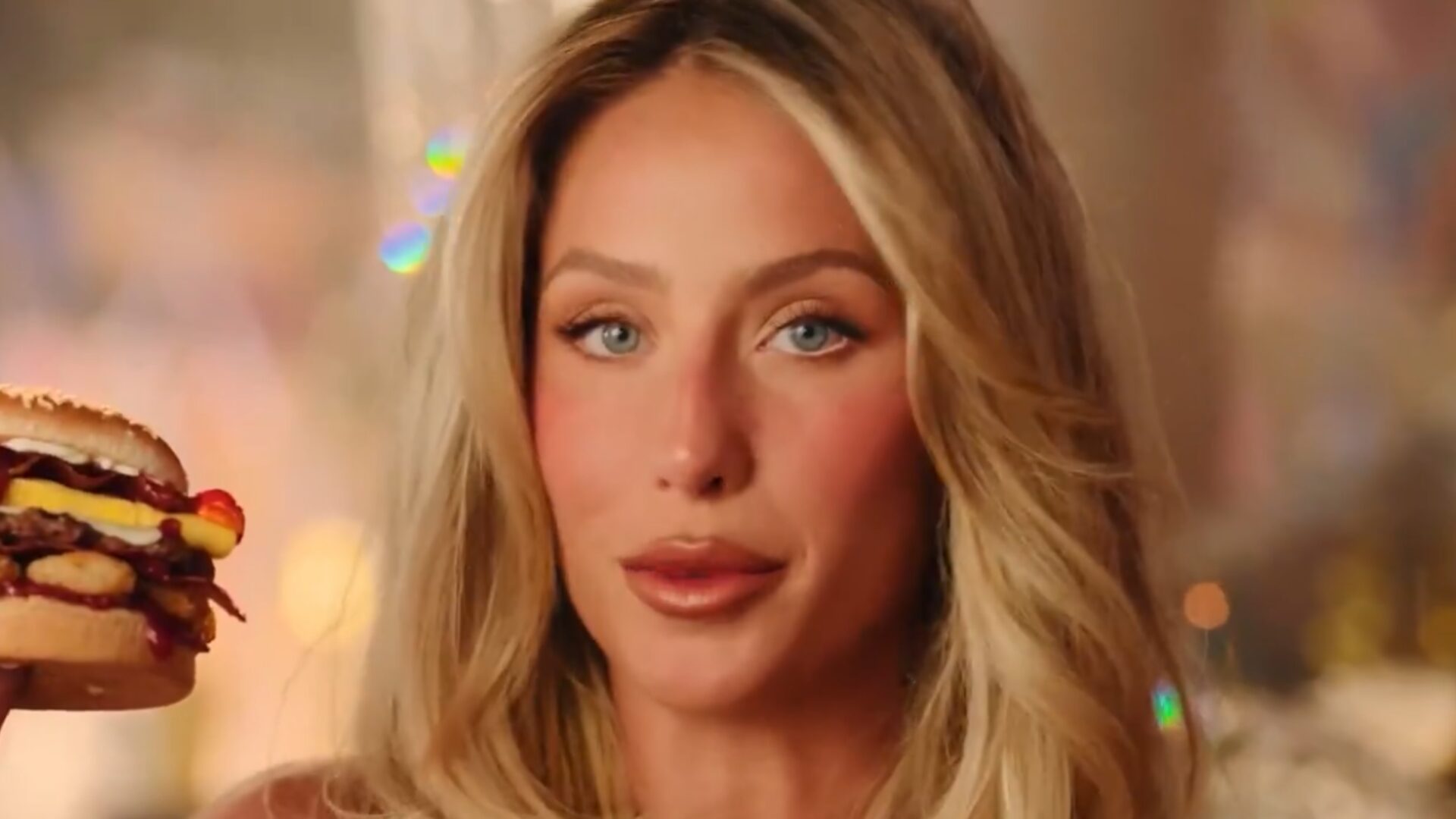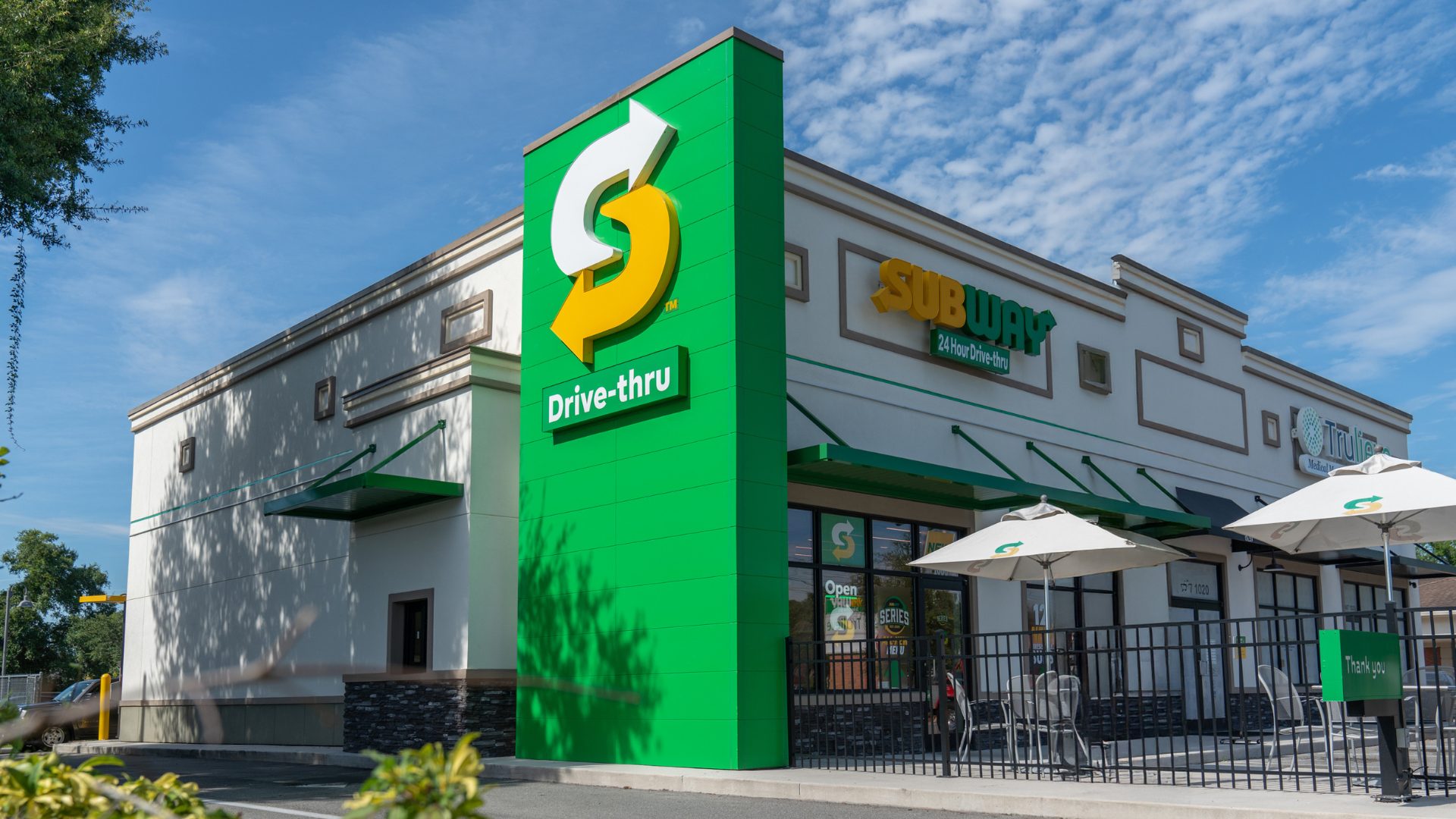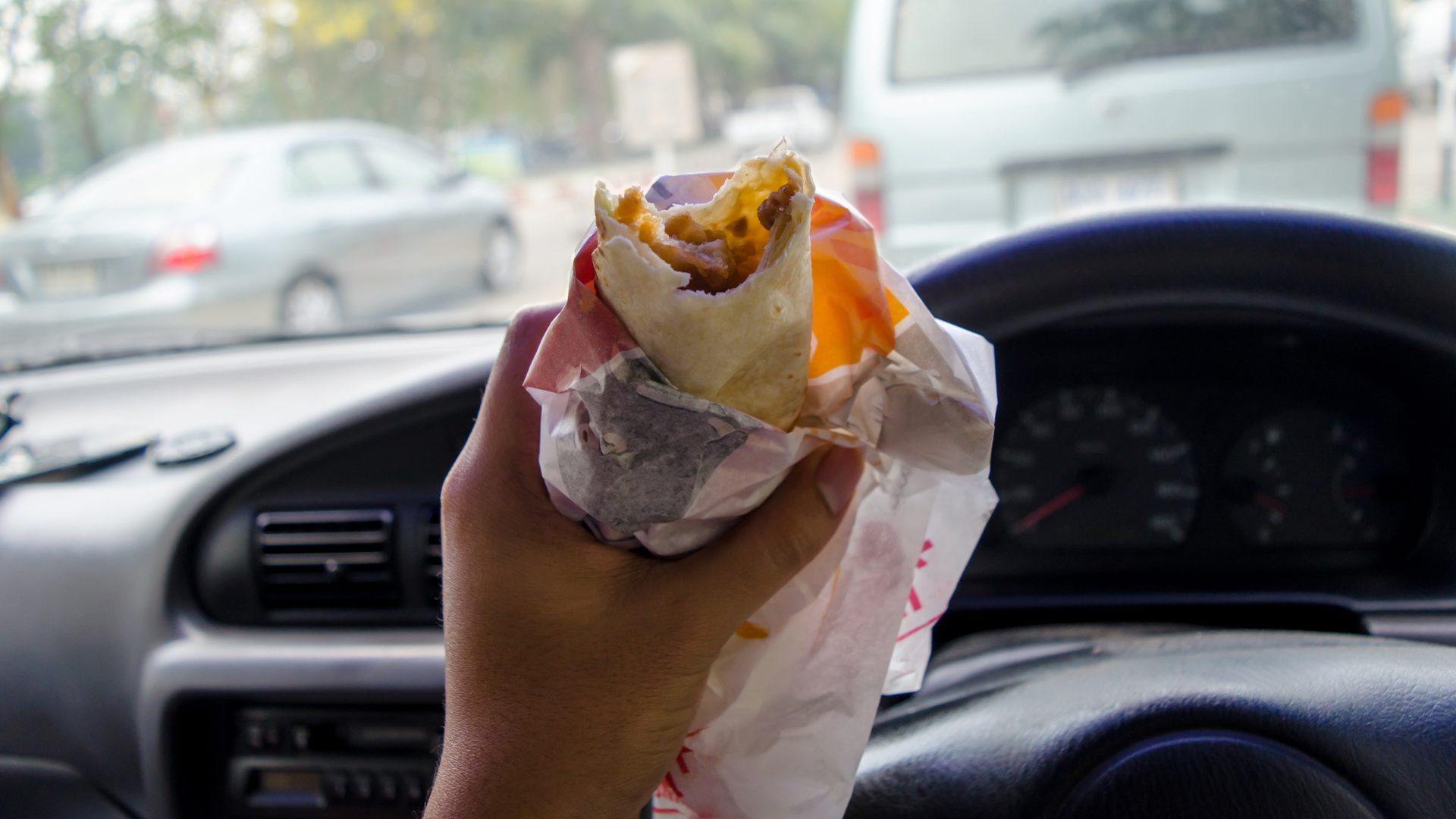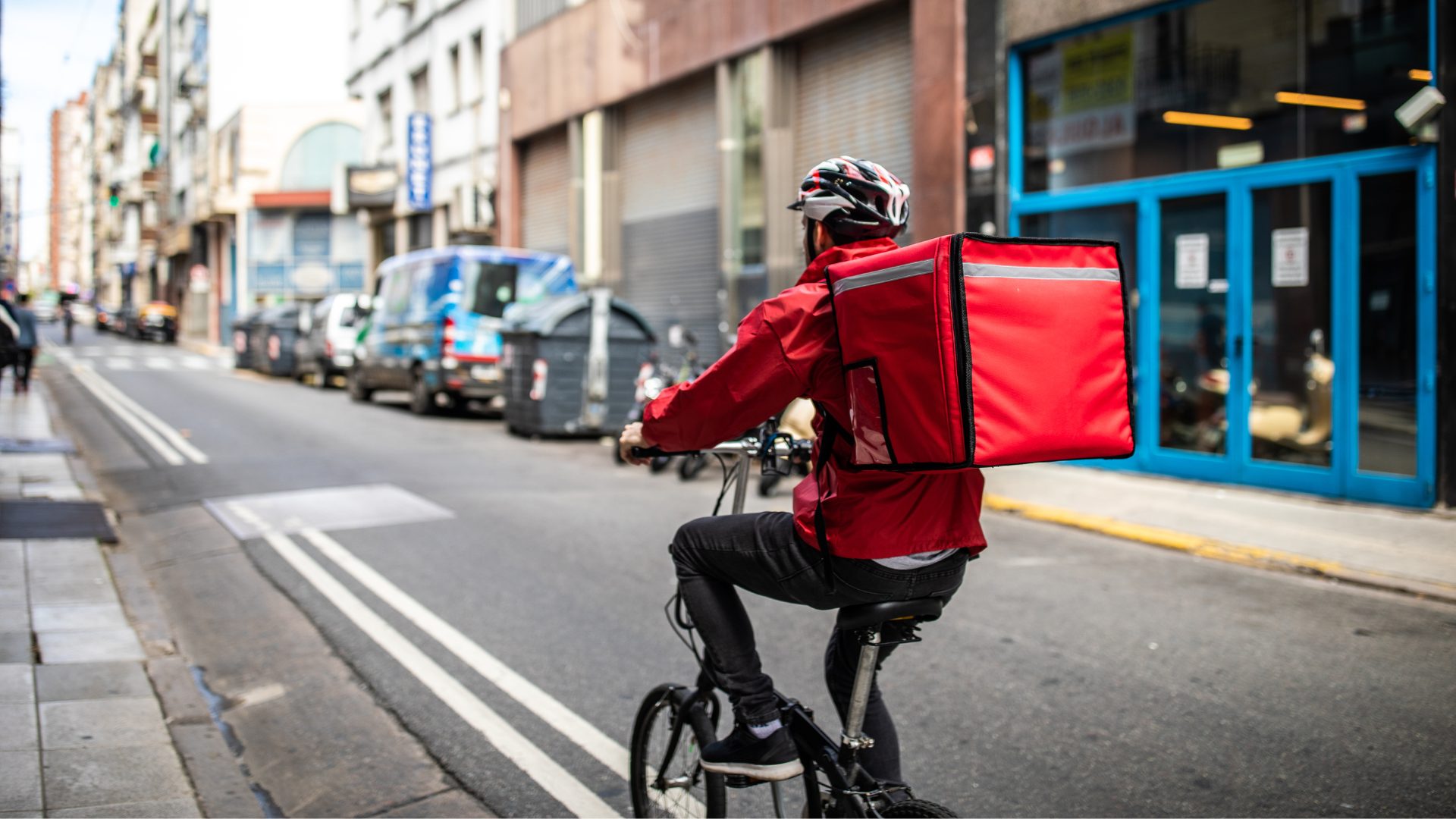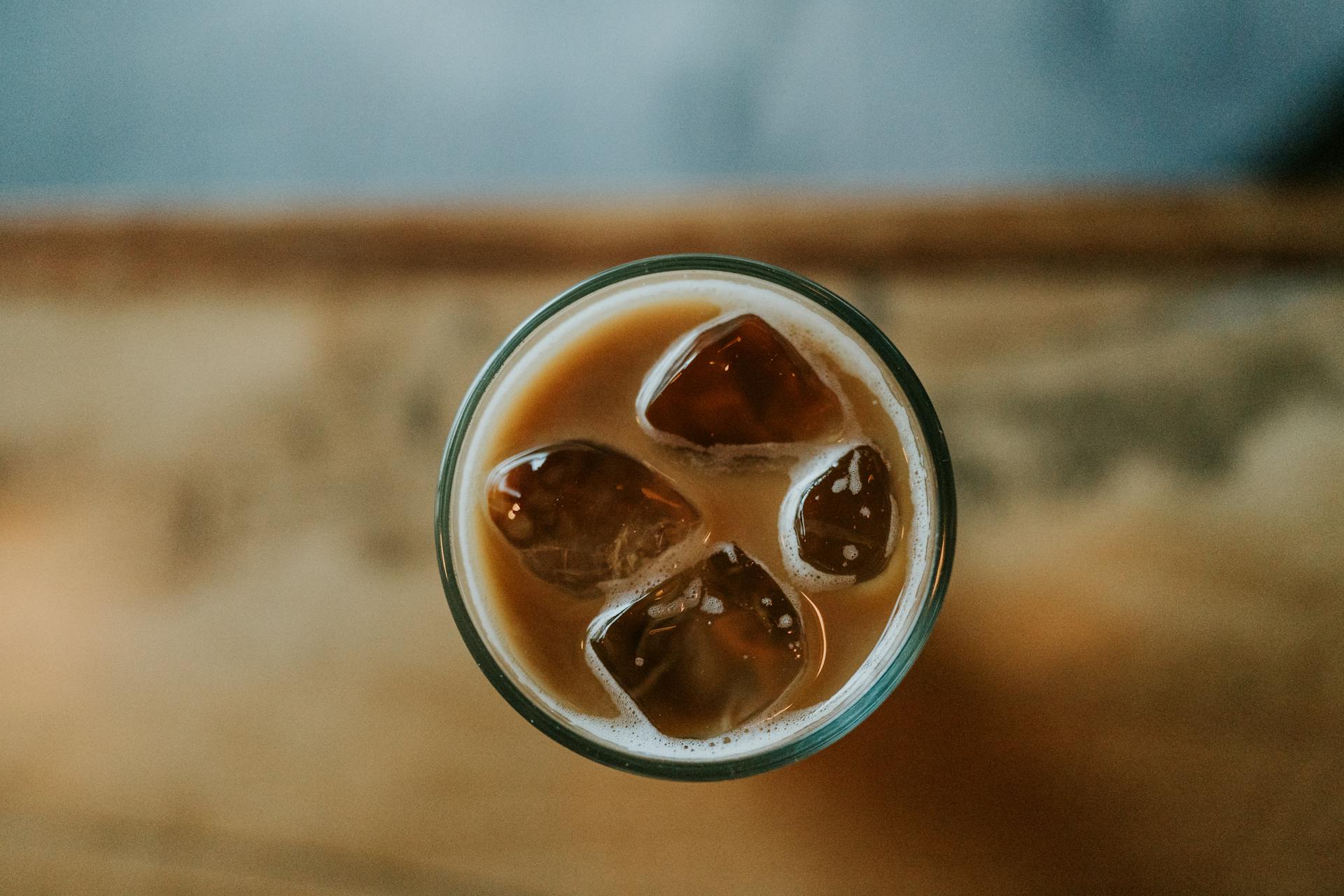Scantily clad influencers promoted Carl’s Jr. Instacart united Chester the Cheetah and the Pillsbury Doughboy. David Beckham and Matt Damon promoted Stella Artois. All told, as the Philadelphia Eagles dueled (and dominated) the Kansas City Chiefs in the NFL championship on Sunday, Super Bowl 59’s commercials featured a sizable helping of food and beverage brands.
Many F&B brands produced ads that were heavily discussed on social media. More than a few called upon celebrities who have stood the test of time. For example:
- Hellmann’s had Billy Crystal and Meg Ryan re-enact their famous deli scene from “When Harry Met Sally”
- Uber Eats featured celebrities like Martha Stewart and Kevin Bacon
- Mountain Dew had recording artist Seal turn into … an actual seal
- Michelob Ultra called on actors Catherine O’Hara and Willem Defoe in a star-studded commercial centered on pickleball
“The use of nostalgia marketing is one of the recurring themes in this year’s Super Bowl advertising budget,” Michelle Nguyen, product owner & marketing manager at UpPromote, told The Food Institute. “Nostalgia has a special power to arouse feelings and foster a feeling of comfort and familiarity.”
Prices for a 30-second Super Bowl ad made history this year. FOX sold at least 10 of its Super Bowl ad slots for upwards of $8 million each, according to CNN. Some brands sat out this year’s Super Bowl, especially major carmakers who cited a challenging marketplace and the high cost of the ads, according to Alfred Goldberg, chief brand strategist at Absolute Marketing Solutions.
“People are quick to skip YouTube ads, but Super Bowl commercials hold their attention because they entertain rather than interrupt,” said Michael Barbera, an assistant professor at the University of North Carolina at Pembroke.
What makes for an effective Super Bowl ad? According to experts, for an ad to stick in viewers’ memory banks, it needs to feature a few key elements such as:
- Surprise
- Celebrities
- Engaging storytelling
- Patriotism
- When all else fails, humor
“Humor has proven to not only be effective in grabbing attention, but also in creating a bond with the audience that helps develop their perception of the brand in a positive light,” said Reilly Newman, founder of Motif Brands.
“As expected, the Super Bowl ads (this year) delivered on humor, nostalgia, and star power during Sunday night’s broadcast,” Barbera said. “At this point, I’m evaluating ads based on their ability to grab attention, achieve audience recall, and align with the brand’s objectives. Among them, IndyCar likely had the most significant impact. Their campaign positioned their drivers as stars – recognizable athletes, yet not household names like those in the four major sports. The ad portrayed these drivers as human, approachable, humorous, and likable.”
According to industry experts, here are a couple ads that scored major points during Super Bowls past:
- Snickers’ absurd 2010 Betty White-plays-football commercial
- Budweiser’s “Wassup” ad from 2000, which Americans repeated ad nauseum for years
“In the end, the most effective Super Bowl ads will be those that successfully combine brand relevance, emotional resonance, and inventiveness to grab viewers’ interest and imagination,” Nguyen said.
The Food Institute Podcast
Amid inflation, restaurants need to get more creative to help bring customers through the door. What exactly can they do to improve traffic? André Moraes of PepsiCo Digital Lab shares how experiences, microinfluencers, and the Local Eats program can help propel restaurants in 2025.


